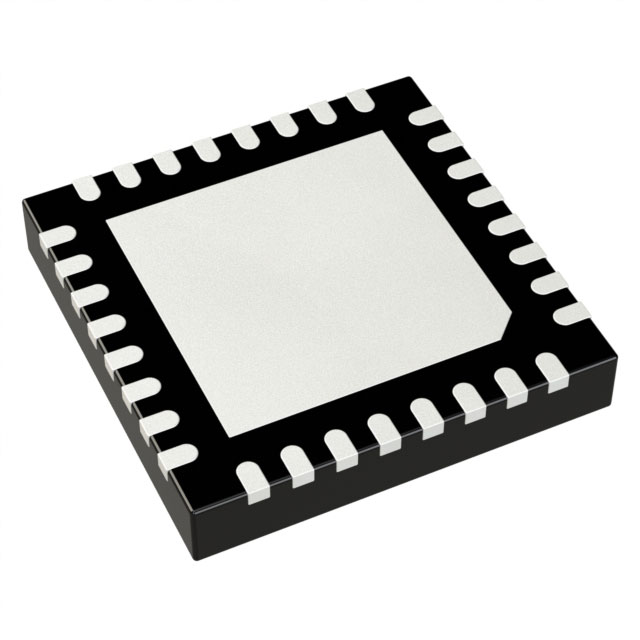

Texas Instruments
CC2544RHBR
RF Transceiver ICs



- 1+
- $1.03003
- $1.03
- 10+
- $1.00685
- $10.07
- 30+
- $0.99029
- $29.71

.png?x-oss-process=image/format,webp/resize,p_30)


CC2544RHBR Description
The CC2544RHBR is a highly integrated 2.4 GHz RF transceiver from Texas Instruments, designed specifically for use in low-power wireless applications such as Zigbee, RF4CE, and other IEEE 802.15.4 compliant networks. Here's a brief description, features, and applications of the CC2544RHBR:
Description:
The CC2544RHBR is a system-on-chip (SoC) solution that combines a powerful 8051 microcontroller, a 2.4 GHz RF transceiver, and a range of on-chip peripherals to enable the development of low-power wireless devices. It is designed to provide high performance and low power consumption, making it an ideal choice for battery-powered applications.
Features:
- 8051 microcontroller with 128 kB Flash memory and 8 kB RAM.
- 2.4 GHz RF transceiver with support for GFSK, MSK, O-QPSK, and BPSK modulation schemes.
- IEEE 802.15.4 compliant, supporting Zigbee, RF4CE, and other low-power wireless networking protocols.
- On-chip peripherals, including UART, SPI, I2C, and ADC.
- Low power consumption, with support for different power modes to optimize battery life.
- Enhanced ShockBurst protocol for simplified data transfer and acknowledgment.
- AES-128 encryption for secure data communication.
- Programmable RF output power, allowing for flexible range and power consumption settings.
- Small form factor, available in a 5x5 mm QFN package.
Applications:
- Zigbee-based home automation and control systems.
- RF4CE-based remote controls for consumer electronics.
- Wireless sensor networks for industrial, environmental, and healthcare monitoring.
- Low-power wireless data transfer and communication in IoT devices.
- Energy harvesting applications, where minimizing power consumption is critical.
- Wireless control and monitoring systems for building automation and smart lighting.
- Wireless audio and video streaming devices, such as hearing aids and audio transmitters.
- Fitness and wellness devices, including wearable health monitors and activity trackers.
The CC2544RHBR's combination of a powerful microcontroller, a versatile RF transceiver, and low power consumption makes it a popular choice for a wide range of low-power wireless applications.
Tech Specifications
CC2544RHBR Documents
Download datasheets and manufacturer documentation for CC2544RHBR
 Mult Devices 17/Nov/2017
Mult Devices 17/Nov/2017  CC2544
CC2544  CC2544
CC2544  Mult Dev Material Chg 29/Mar/2018 Cu Wire QFN Packages 25/Apr/2013
Mult Dev Material Chg 29/Mar/2018 Cu Wire QFN Packages 25/Apr/2013 Shopping Guide

























.png?x-oss-process=image/format,webp/resize,h_32)










